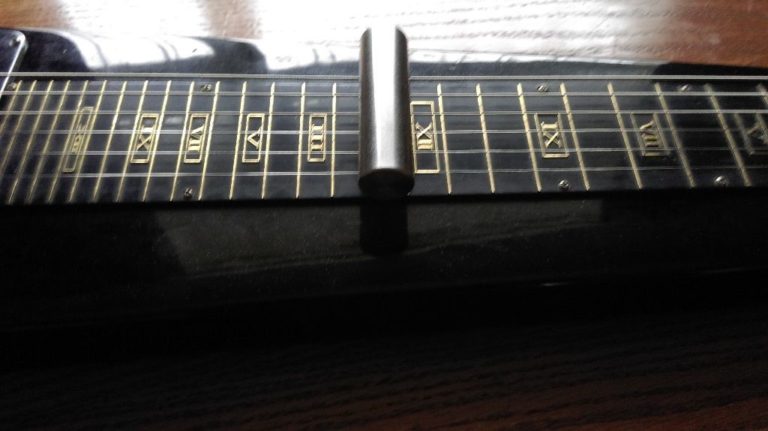The history of blues is rarely what you think.

It’s astounding just how many assumptions there are about the evolution of the blues. I remember Van Morrison saying recently that “some people think the blues started with Jimi Hendrix”. Others think blues started in the 1950s with the emergence of Muddy Waters, John Lee Hooker and company.
Talking of John Lee Hooker, I had the privilege of seeing him around 1968 or 1969 when he toured England, which he did regularly.
In my last post, I talked about the great Lonnie Johnson, whose 1928 duet with Eddie Lang I featured in a film I made about what I consider America’s gift to the world: the blues.

Continuing on this theme, I’ve just made another film, featuring Sylvester Weaver, the only blues guitarist Lonnie Johnson spoke highly of. Sylvester Weaver was discovered by the blues diva (as they used to call them) Sarah Martin, who heard him playing in a Kentucky jug band. Both were from Louisville, Kentucky. Sarah took him to New York in 1923 where her record label’s press press advertisement said:
“Sara Martin discovered the clever idea of making recordings with a guitar accompaniment, and the first records of this kind put out have made remarkable impressions in all parts of the country. Sylvester Weaver plays his guitar in a highly original manner, which consists chiefly of sliding a knife up and down the strings while he picks with the other hand. His guitar solos, No. 8109, are having wide sales.”
In the October of 1923, Weaver had accompanied Martin on songs including “Longing For Daddy Blues”, which, until someone puts forward an earlier recording, must be considered the first country blues recorded, as well as the first blues-style guitar featured on record. Two weeks later, Sylvester Weaver went into the studio on his own and cut “Guitar Rag” and “Guitar Blues”, the latter of which is the first solo blues guitar recording and the first record to feature bottleneck or slide guitar. Both tracks can be heard in the film below.





